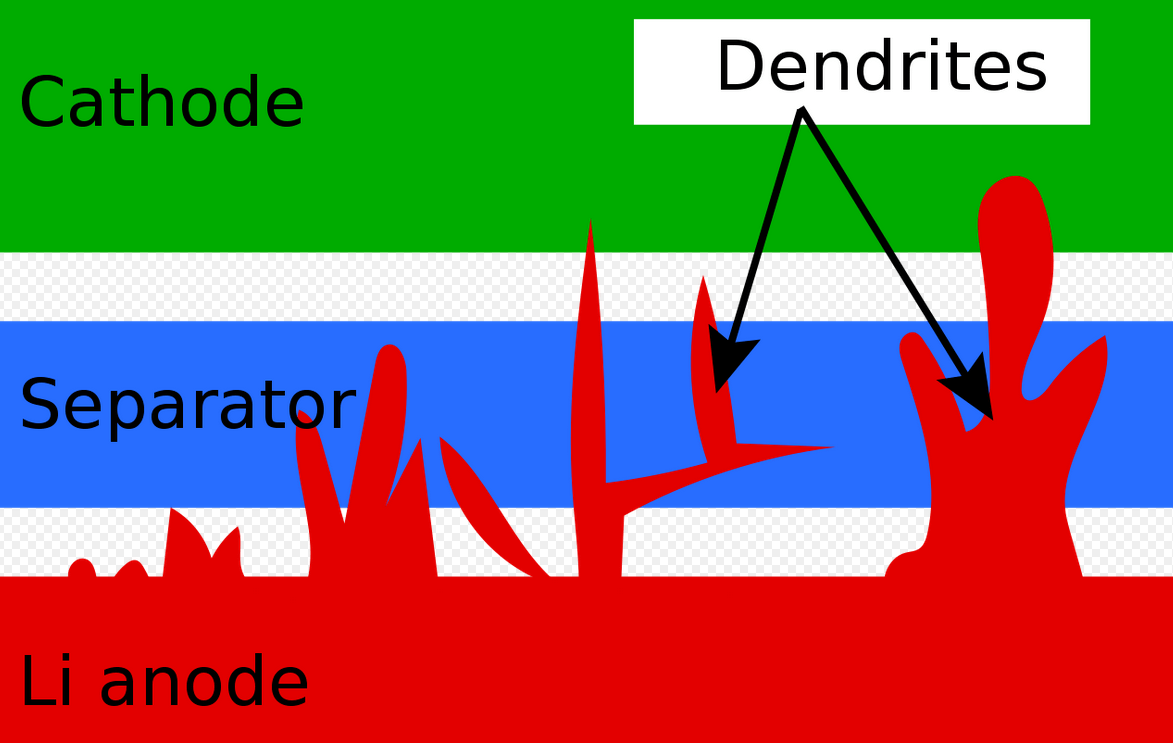Abstract
Solid-state batteries have emerged as cutting-edge technology in the field of energy storage, offering a range of advantages over conventional lithium-ion batteries. These batteries employ solid electrolytes, replacing the liquid electrolytes found in traditional batteries. This abstract explores the key aspects of solid-state batteries, including their architecture, materials, and performance characteristics.
The abstract delves into the composition and structure of solid-state batteries, highlighting the use of solid electrolytes, electrode materials, and interfacial layers. It discusses different types of solid electrolytes, such as ceramic, polymer, and composite materials, and their impact on battery performance, safety, and stability.
Furthermore, the abstract examines the advantages of solid-state batteries, including improved energy density, enhanced safety, wider operating temperature range, and longer lifespan. It discusses how solid-state batteries can potentially address the challenges associated with lithium-ion batteries, such as the risk of thermal runaway, limited energy density, and capacity degradation over time.

Moreover, the abstract explores the advancements in solid-state battery technology, including the development of novel electrode materials, optimized electrolyte formulations, and innovative manufacturing techniques. It highlights ongoing research efforts aimed at improving the performance, scalability, and cost-effectiveness of solid-state batteries.
Additionally, the abstract discusses the potential applications of solid-state batteries, ranging from portable electronic devices to electric vehicles and grid-scale energy storage. It addresses the impact of solid-state batteries on the future of renewable energy integration, electric mobility, and sustainable energy systems.
Key Components of a Solid-State Battery
The key components of solid-state batteries include:
- Solid Electrolyte: Solid-state batteries utilize a solid electrolyte instead of the liquid electrolyte found in traditional batteries. The solid electrolyte acts as a medium for the transport of ions between the positive and negative electrodes.
- Positive Electrode (Cathode): The positive electrode in a solid-state battery is typically composed of a transition metal oxide or sulfide material. It undergoes redox reactions during battery operation and acts as the site for ion insertion and extraction.
- Negative Electrode (Anode): The negative electrode is typically made of a lithium-based material, such as lithium metal or a lithium alloy. It serves as the host for lithium ions during charging and discharging cycles.
- Interfacial Layers: Solid-state batteries often require additional layers at the electrode-electrolyte interfaces to improve stability and prevent unwanted reactions. These interfacial layers can include solid electrolyte-electrode interphase (SEI) layers and protective coatings.
- Current Collectors: Current collectors are used to collect and distribute the electrical current within the battery. They are typically made of conductive materials such as metal foils (e.g., copper or aluminum) and are placed on both the positive and negative electrodes.
- Separator: A separator is used to physically separate the positive and negative electrodes while allowing the transport of lithium ions. It prevents direct contact between the electrodes, reducing the risk of short circuits.
- Packaging and Enclosure: Solid-state batteries require appropriate packaging and enclosure to protect the internal components from the external environment. The packaging should be designed to ensure the stability and longevity of the solid electrolyte and prevent moisture or oxygen ingress.
- Current Collectors: The current collectors in solid-state batteries are responsible for collecting and distributing the electrical current within the battery. They are typically made of conductive materials such as metal foils (e.g., copper or aluminum) and are placed on both the positive and negative electrodes.
- Thermal Management Systems: Solid-state batteries can generate heat during operation, and efficient thermal management systems are required to dissipate this heat. Thermal management components such as heat sinks, thermally conductive materials, and cooling systems help maintain optimal operating temperatures.
- Safety Features: Solid-state batteries often incorporate additional safety features to prevent thermal runaways and mitigate potential hazards. These features may include temperature sensors, current limiters, pressure relief valves, and shutdown mechanisms.
Conclusion
In conclusion, solid-state batteries represent a promising advancement in energy storage technology. The abstract provides an overview of the key aspects, advantages, and advancements in solid-state batteries, emphasizing their potential to revolutionize the energy storage landscape. It highlights the significance of ongoing research and development efforts in unlocking the full potential of solid-state batteries for a wide range of applications, contributing to a cleaner, safer, and more sustainable energy future.
We prepared and published this seminar abstract for Electronics Engineering research. You should do your own research in addition to this information before presenting your seminar. Please include “Reference: Collegelib.com” and link back to this page in your work.